Nikon Nikkor Z 14-30 mm f/4 S
5. Chromatic and spherical aberration
Chromatic aberration
There are a lot of ED glass elements inside the Nikkor Z 14–30 mm f/4 S, four out of fourteen nothing less, so we expected that chromatic aberration correction would be a strong point of the tested lens.When it comes to longitudinal chromatic aberration we weren't wrong. Colouring in out-of-focus areas is negligible and it will be very difficult to spot in real-life photos.
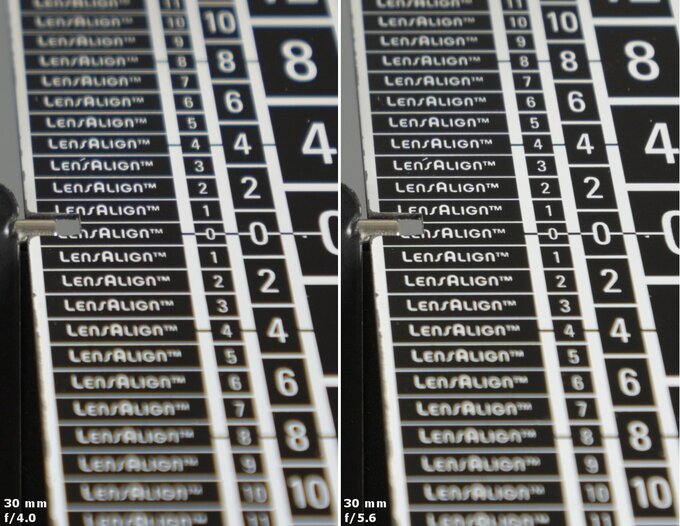 |
A bit different situation can be noticed in the case of lateral chromatic aberration and graphs below show it very well, presenting the peformance of the lens on the edge of the APS-C/DX sensor and on the edge of full frame respectively.
Please Support UsIf you enjoy our reviews and articles, and you want us to continue our work please, support our website by donating through PayPal. The funds are going to be used for paying our editorial team, renting servers, and equipping our testing studio; only that way we will be able to continue providing you interesting content for free. |
- - - - - - - - - - - - - - - - - - - - - - - - - - - - - - - - - - - - - - - - - - - - - - - -
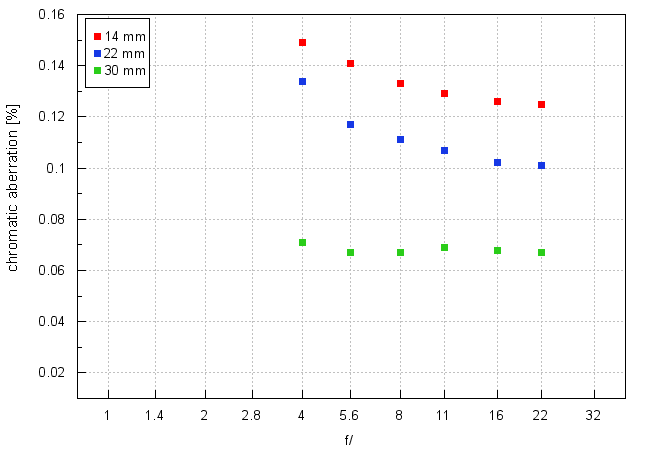
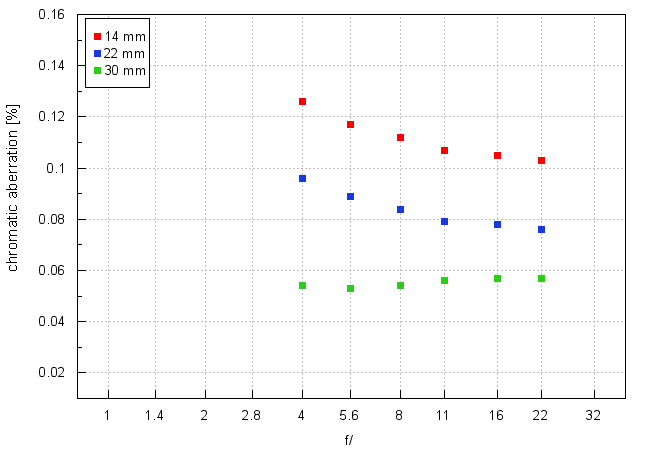
At 30 mm you can express no reservations whatsoever because the level of chromatic aberration is low. In the middle of the focal spectrum you deal with medium values and at the 14 mm focal length you see results that we don't like very much. Near the maximum relative aperture you have to take into account a high CA level and only a significant stopping down reduces it to a borderline beteween high and medium values.
| Z7, RAW, 14 mm, f/4.0 | Z7, RAW, 30 mm, f/5.6 |
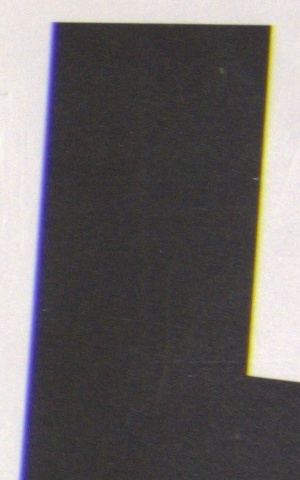
|
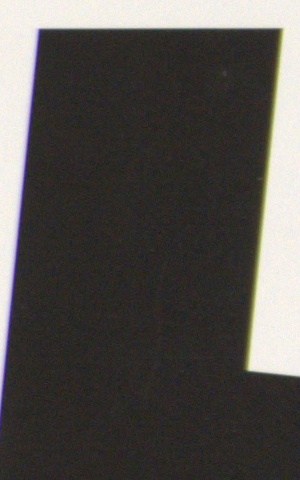
|
Spherical aberration
First shots, presented in this chapters, show that depth of field shifts slightly toward greater distances when you stop the lens down from f/4.0 to f/5.6. Of course that effecti is visible only at the maximum focal length and when you take photos from a short distance. In other situations the depth of field is so significant that it would be very difficult to talk about blurry areas and their relative shifts.The appearance of circles at the maximum focal legnth also proves that spherical aberration hasn't been corrected in a perfect way. There are some differences between them, visible especially well in the middle: in one circle, you see a brighter area and in the other circle the same area is visibly darker.
| Nikon Z7, 30 mm, f/4.0, before | Nikon Z7, 30 mm, f/4.0, after |
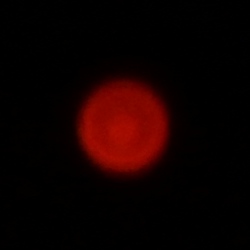
|
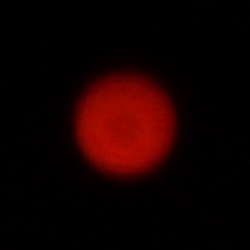
|






